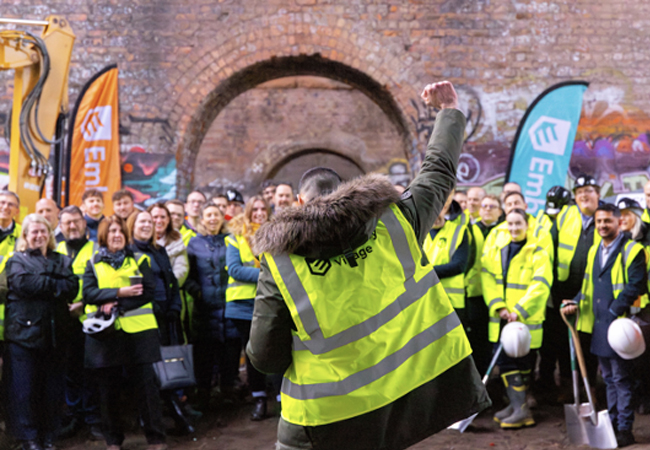The phase-out of old iron ring main pipes may need to be accelerated if the go-ahead is given for blending hydrogen into the gas grid by 2025, the government has said.
A new consultation paper, launched by the Department for Energy Security and Net Zero on 16 September, is designed to inform a government decision, by the end of this year, on whether to back 20% of hydrogen by volume into Britain’s gas-distribution networks. It states that blending is not a ‘substitute for actions’ to deliver full decarbonisation of heating, such as accelerating deployment of heat pumps.
In a section on cost implications of blending, the paper flags up that some areas of the gas-distribution network are made up of old iron mains, which can be embrittled by hydrogen.
All iron mains are due to be replaced by 2030. If hydrogen blending is to be rolled out nationally from 2025, however, ‘premature replacement’ of iron pipes and equipment may be necessary, ‘ahead of the current programme’.
This may mean hydrogen being blended only into areas of the gas-distribution network where the pipes and components are not made from old iron. As a result, during early years of blending, it would only act as a flexible offtaker in specific parts of the gas-distribution networks.
Another potential cost is updating some legacy gas meters, which may not be sufficiently accurate because of the different volumes of natural and blended gas.
Energy minister Lord Callanan said: ‘Blending hydrogen into our gas supply through existing gas infrastructure would open the door to an expansion of its use as a fuel, one that could help us cut emissions and stabilise bills for families and businesses.’
The energy sector, consumer groups and industry have until 27 October to respond to the consultation paper, which is entitled ‘Hydrogen blending into GB gas-distribution networks’.




